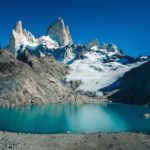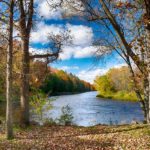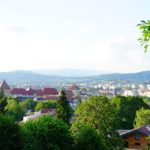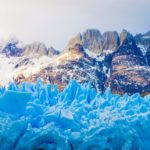The Truth about the Great Walks of New Zealand
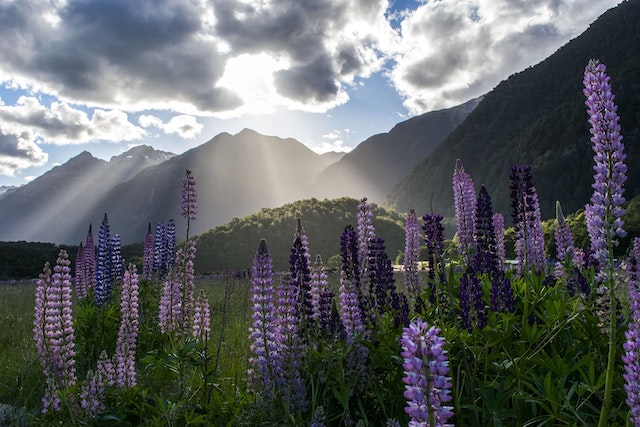
Nine ‘premier tracks’ throughout New Zealand’s North and South Islands constitute the country’s Great Walks. These intermediate tracks are often completed in three to four days. The Department of Conservation (DOC) advertises the walks with the exclamation: “…there’s a walk for everyone!” This has proven true. The Great Walks of New Zealand are extremely popular with international tourists, meaning that bookings are essential. Often huts and/or campsites must be reserved three to four months ahead of time. I found this a hindrance to my carefree way of travel, which is why I completed only three tracks: Tongariro Northern Circuit, Abel Tasman and Routeburn.
If you prefer having the wilderness to yourself, as I do while hiking, then I recommend exploring less populated tramping routes in New Zealand.
The big selling point for the Great Walks is that the treks can be done guided or completed independently. This dramatically widens the age group and fitness level of visitors. Guided groups sleep in their own hut and have organized transport. The majority of the guided walkers are in their late seventies, and require more assistance. A guided walk is also ideal for the nervous solo backpacker with limited outdoor experience.
If you decide to walk alone, with friends or family, you can either stay in a hut or at a campsite. Great Walk huts provide warm and clean lodging after a full day’s walk, although sleeping in a hut means sleeping with up to 24 people on a hospital-like mattress with a squeaky plastic cover that makes a sound worse than your snoring neighbor. But there are stoves, flush toilets and running water. A hut warden manages every hut, blending into the environment with DOC’s official green uniform. The hut warden introduces him or herself at the evening meetings. These meetings are mandatory and cover the same information – weather forecast, emergency information and rules of the hut.
Sign up for a FREE online writing workshop here.
The amenities provided to campers differ at every campsite. Some sites are located within 500 meters of the hut and campers can use the hut without having to pay an additional fee. Other sites are a ten-minute walk from the hut and have a shelter with picnic tables and running water, as campers are forbidden from using the hut. Camping is the rugged alternative to the cozy huts. You’re exposed to the changeable New Zealand weather, and your pack will be heavier.
I chose to camp on all three of my Great Walks experiences. Besides my love of that smoky tent smell, snuggling into my sleeping bag and listening to the world at night, the tent fees are much cheaper than the hut fees. On average, huts cost $32-54 per night, whereas campsites range from $14-18 per night. Before I left Seattle I managed to score an ultra-light tent and a multi-fuel stove, which tends to draw a crowd due to its ancient appearance. Bringing all the supplies necessary for a self-sufficient tramp resulted in an excess-luggage fee, but this allowed me access to the less populated trails, such as the Richmond Range, near Blenheim.
I chose to camp on all three of my Great Walks experiences.
What makes the Great Walks so popular is DOC’s ability to advertise the nine tracks. But you will not be alone on the trails. The grandeur of the landscapes shouldn’t be minimized, but I found it hard to thoroughly enjoy myself as I awkwardly passed and pulled over for other hikers on the narrow trails. I applaud DOC for getting people young and old outside. However, the Great Walks’ popularity makes them unattractive for some.
Regardless of your experience level, all nine tracks are possible and offer unique perspectives on the New Zealand landscape. But this perspective might be shared with a busload of hikers. If you prefer having the wilderness to yourself, as I do while hiking, then I recommend exploring less populated tramping routes in New Zealand.
Photo credits for The Truth about the Great Walks of New Zealand by Unsplash.

